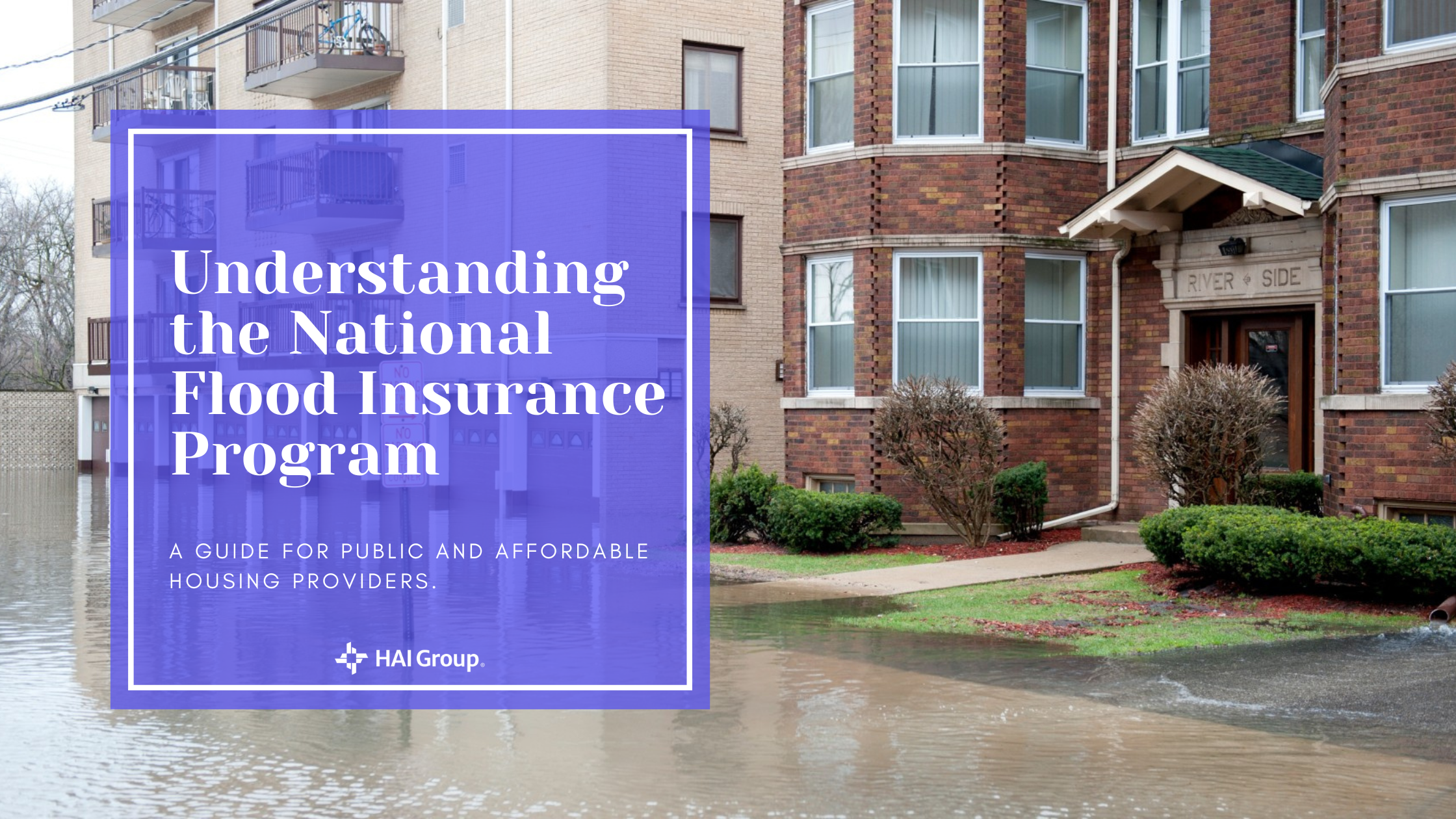Understanding the National Flood Insurance Program: A Guide for Public and Affordable Housing Providers
Flooding is one of the most common and costly natural disasters in the United States, posing significant property risks, especially in public and affordable housing. The National Flood Insurance Program (NFIP), managed by the Federal Emergency Management Agency (FEMA), is a vital resource for housing providers to protect their assets and ensure the safety and security of their residents.










